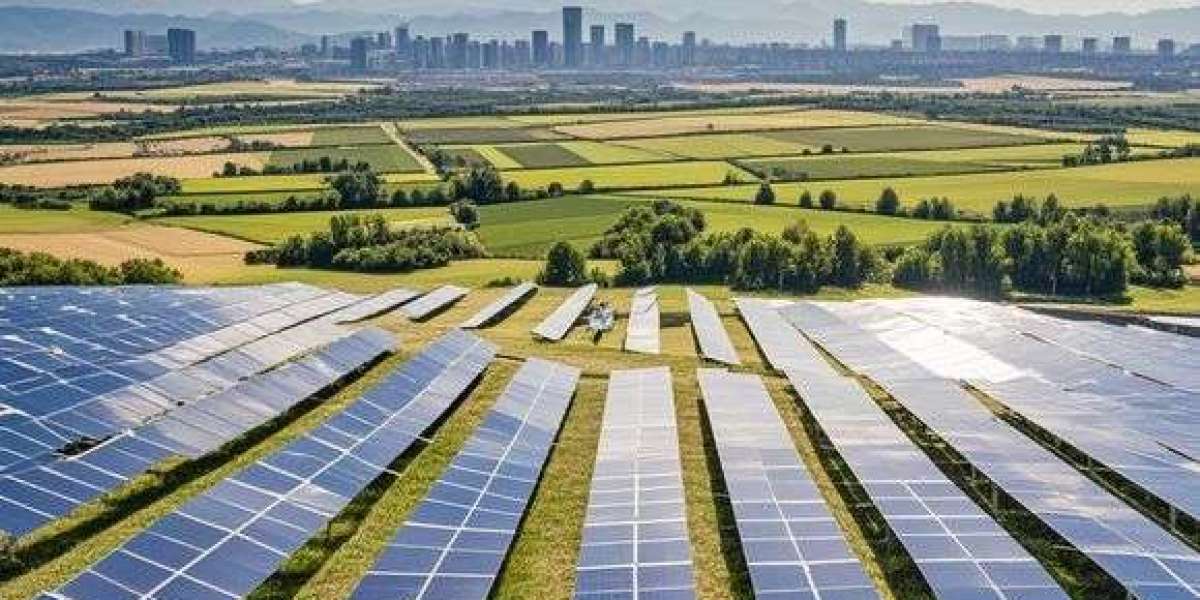After long-term use, the functions and power generation of each component of the 120W mono solar panel will gradually decline, which is an inevitable loss. Faults of the 120W mono solar panel caused by extreme weather or human operational errors can be handled and prevented. Now, let's have the editor introduce the repair and maintenance methods of the 120W mono solar panel to you.
I. Repair Methods for 120W mono solar panel
1. EVA delamination
When the delamination area is small, it affects the high-power failure of the component. When the delamination area is large, it directly leads to the failure and scrapping of the component.
Strictly control important parameters such as temperature and time of the laminating machine, and conduct crosslinking degree tests regularly as required, keeping the crosslinking degree within 85% ± 5%.
② Strengthen the improvement of raw material suppliers and the inspection of raw materials.
③ Strengthen the appearance inspection of finished products during the manufacturing process
④ Strictly control the amount of flux used and try not to exceed 0.3mm on both sides of the main grid line
2. Hot spots and delamination
Hot spots can cause power attenuation and failure of components or directly lead to their burning and scrapping. Delamination can also cause power attenuation or failure of components, affecting their lifespan and resulting in their scrapping.
① Operate strictly in accordance with the requirements for rework and pay attention to checking and observing the 5s after rework.
The control of the soldering iron temperature and the welding machine time at the welding point must comply with the specifications.
③ Regularly check whether the parameters of the laminating machine meet the process requirements. At the same time, conduct the crosslinking degree test on time to ensure that the crosslinking degree meets the requirements of about 85%.
3. Bubbles
Bubbles can affect delamination and, in severe cases, lead to scrapping.
The temperature parameter setting for the vacuuming time of the laminator must be strictly set in accordance with the process requirements.
② During the welding and lamination processes, attention should be paid to the 5s cleaning of the process.
③ The cutting dimensions of insulating strips are strictly required to be cut and inspected.
4. Hidden cracks in the interpenetration of battery cells
Interpenetrating hidden cracks can form pattern fragments, causing battery failure, and the power attenuation of the component directly affects the component's function.
Strictly control important parameters such as the temperature and time of the laminating machine, and conduct crosslinking degree tests regularly as required.
② Strengthen the improvement of raw material suppliers and the inspection of raw materials.
③ Strengthen the appearance inspection of finished products during the manufacturing process.
④ The final assembly and gluing strictly require the operation method, and the silicone must be thoroughly sealed.
⑤ When lifting or placing components, prevent them from being knocked or bumped by external forces.
5. Reticular hidden cracks
Reticular hidden cracks can affect the power attenuation of components. Long-term fragmentation and hot spots of reticular hidden cracks directly affect the functionality of components.
① During the production process, prevent the battery cells from being overly subjected to external force impacts.
② During the soldering process, the battery cells should be kept warm in advance (by hand soldering), and the temperature of the soldering iron should meet the requirements.
③EL tests should be strictly required for verification.
6. Battery cracking
Partial failure of the cracked cells affects the power attenuation of the module, and the power attenuation of a single cell or its complete failure also affects the power attenuation of the module
The welding and rework areas of the busbar must be operated strictly in accordance with the requirements
When personnel lift or place components, they must strictly follow the process requirements and techniques.
③ Ensure regular maintenance of the laminating machine. After each replacement of equipment parts, strictly make the first piece and only start production after it is confirmed to be okay.
④EL tests are strictly controlled and inspected to prevent any defects or omissions.
7. False soldering and oversoldering
False soldering can cause delamination of the solder strip and the solar cell in a short period of time, affecting the power attenuation or failure of the module. Oversoldering can damage the internal electrodes of the solar cells, directly affecting the power attenuation of the modules, reducing their lifespan or even leading to their scrapping.
Ensure the parameter Settings for the temperature of the welding machine, the amount of flux sprayed and the welding time. And it should be checked regularly.
② In the repair area, it is necessary to ensure that the temperature of the soldering iron, the soldering time and the correct soldering pen is used to apply flux.
③ Strengthen the inspection of EL to prevent defects from being missed in the next process.
8. Tempered glass shatters
The glass blasting assembly is directly scrapped, and the damage to the wires leads to power failure of the assembly or poses a risk of leakage and disconnection.
When lifting and placing components, handle them gently to prevent them from being knocked or bumped by external forces.
② Strengthen the inspection and testing of raw glass materials.
③ Wires must be coiled strictly in accordance with the requirements to prevent them from being scattered on the components.
Ii. Maintenance Methods for Solar Panels
To keep the light-receiving surface of the 120W mono solar panel clean, if there is dust accumulated, it can be swept with a clean wire duster. If there is dirt that cannot be cleaned off, you can rinse it with clean water and then dry the water marks with a clean cloth. Do not clean with corrosive solvents or wipe with hard objects. When there is snow accumulation, it should be cleared in time.
2. It is necessary to regularly check whether the metal brackets of the 120W mono solar panel are corroded and carry out anti-corrosion paint treatment on the brackets at regular intervals. The support of the square formation should be well grounded.
3. During operation, the photoelectric parameters and output power of the 120W mono solar panel should be tested regularly (such as every 1 to 2 months) to ensure its normal operation.
4. During use, it is necessary to regularly (such as every 1 to 2 months) check the packaging and connection joints of the solar cell modules. If any problems such as packaging delamination and water ingress, discoloration of the cells, loose, disconnected or corroded joints are found, timely repairs or replacements should be carried out.
5. For the 120W mono solar panel bracket with the polar axis automatic tracking system, it is necessary to check regularly whether the mechanical and electrical functions of the tracking system are normal.
The above is an introduction to the repair methods of the 120W mono solar panel. In addition, it is necessary to do a good job in the maintenance of the 120W mono solar panel to ensure the timely detection and handling of faults, increase its service life and power generation efficiency.
120W mono solar panel https://www.hxsolarpv.com/120w-18v-monocrystalline-silicon-glass-panel-with-frame-waterproof-high-efficiency-long-warranty.html












